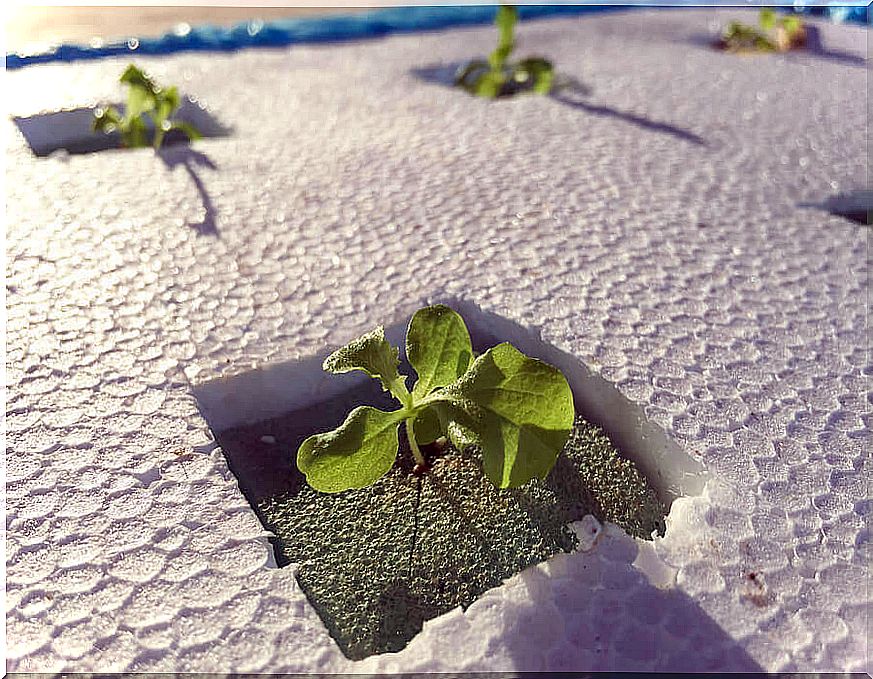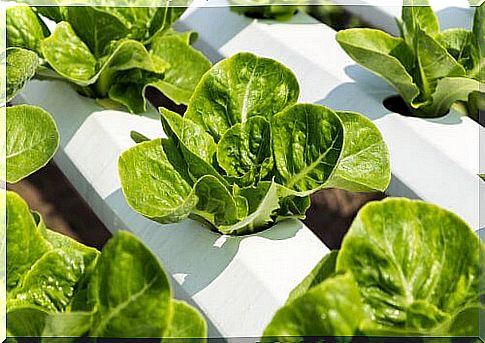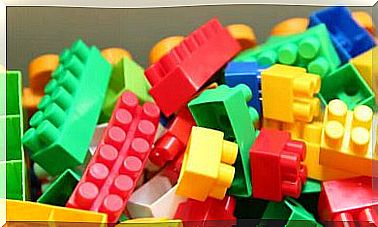Hydroponic Home Growing System

A hydroponic home growing system is an excellent method of growing plants in urban areas. As its name implies, this is a water-grown crop, better known as landless planting. It requires nutrients and a small space for production, being widely used by restaurants, stores, homes, among others.
What is hydroponics at home?
Home hydroponics is an agricultural practice that allows the production of plants for consumption without the use of land. Its growth is possible because the roots develop in a substrate based on sand or stones. In addition, a nutrient-containing solution is also incorporated through irrigation.
It is ideal for plants that grow in aquatic environments such as lettuce, radish, parsley, cilantro and other vegetable varieties. It can be done on a terrace, a backyard, a balcony or other urban area. For commercial production it is possible to use larger spaces such as sheds.
How to Create a Hydroponic Growing System at Home
It is possible to create your own vegetable garden using a hydroponic growing system at home and monitor plant growth. This can be done in special containers that can contain the essential elements for plants to grow.
The main component in these cases is a correct irrigation system. You can also take the following steps:
1. Make a seedbed
First of all, you must make a seedbed with the plants you want to grow. For this, use a Styrofoam base or disposable cups. Put it in a light place and take care of the irrigation.

2. Gather everything you will need
Organize what you are going to use according to the number of plants you are going to grow. Among the main tools are:
- A container, tray or aquarium approximately 25 cm deep.
- An aquarium-like air pump to deliver oxygen to the water.
- Nutrients: you can go to a specialized store and buy a special nutrient solution for this type of crop.
- Substrate: serves as a base for the plant and retains the nutrients that the crop needs. It can be sand, stones, perlite and vermiculite, among others.
- A wooden board, rubber caps, among other things.
Ideally, the container should be dark in color – or you can paint it black – to protect the roots from sunlight. Otherwise, you’ll also need dark pouches to cover them.
3. Prepare your home growing system
Once the seedlings in the seedbed have a height of about 12 cm, you will be able to prepare the hydroponic system at home. To do this, you must drill a hole in the base of the chosen container and place a lid. The idea is that it serves as an outlet for the water when changing it.
On the other hand, you must drill holes along the wooden board, with equal spaces between each hole. The number of holes will depend on the size of the board and the number of plants you want.
4. Get to work!
Once you have everything ready, you can put your home hydroponic growing system to work. To be able to do this, remove the plants from the seedbed and eliminate the substrate. Keep in mind that you need to take care of the root thoroughly.
Then insert them into the holes in the wood, taking care that the plant is not damaged and that the stem is over the water area. Observe if it has become trapped in the substrate so that, in this way, it can be nourished with the food solution present in the water.
As a last step, turn on the pump daily for a set period of time to deliver oxygen. Once this is done, you will only need to wait for your seedlings to grow.

Recommendations for Successful Hydroponic Growing at Home
Hydroponic farming systems are excellent agricultural alternatives that are becoming more and more important every day. However, for them to be successful, you must consider the following recommendations:
- Avoid direct sunlight. Lighting is needed, but in small amounts.
- Change the water at least every 10 to 15 days and add the specialized nutrient solution for this purpose.
- Monitor plant growth to detect anomalies in time.
In conclusion, the hydroponic home cultivation system is estimated to be the agriculture of the future. So learn to grow your own plants and avoid commercial plants with a high content of fertilizers. Best of all, this is a project to be done with the family, especially with the children.









